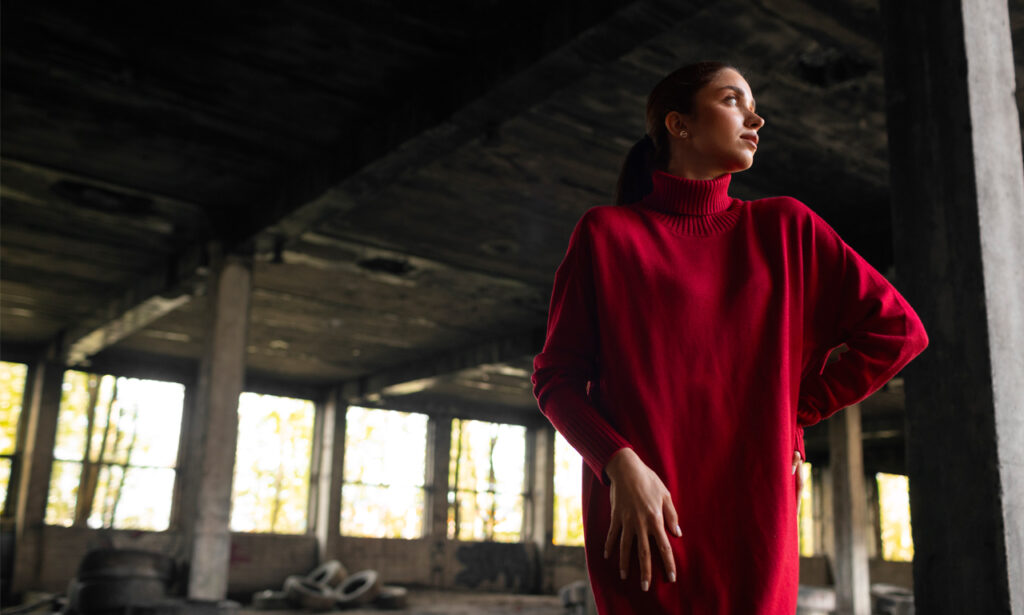Fashion has always been a reflection of culture, creativity, and individuality — but few movements embody artistic freedom as powerfully as avant garde fashion. Unlike traditional fashion trends that prioritize wearability and market appeal, avant garde fashion dares to challenge convention. It pushes boundaries, merges art with clothing, and transforms the human body into a living canvas.
From conceptual runway pieces to experimental silhouettes, avant garde fashion is more than just clothing — it’s a statement of innovation and rebellion. In this comprehensive guide, we’ll explore the origins, philosophy, iconic designers, and lasting impact of this extraordinary artistic movement.
What Is Avant Garde Fashion?
The term avant garde comes from French military terminology, meaning “advance guard” or “vanguard.” In the context of fashion and art, it refers to works that are ahead of their time — creations that defy tradition and explore new possibilities.
Avant fashion is defined by its unconventional forms, materials, and concepts. Designers who embrace this style don’t just make garments; they create experiences. Their pieces often challenge the idea of what clothing “should” look like, prioritizing vision, emotion, and artistic commentary over practicality.
Where mainstream fashion aims to appeal to consumers, avant garde designers aim to provoke thought and evoke emotion. Each collection tells a story — sometimes strange, sometimes beautiful, but always unforgettable.
The Philosophy Behind Avant Garde Fashion
At its core, avant garde fashion is about freedom of expression. It rejects conformity and invites designers to explore new techniques, forms, and materials. Rather than following trends, avant garde creators invent them.
Key principles include:
Conceptual Thinking
Every design starts with an idea — often philosophical, political, or emotional. Clothing becomes a medium for storytelling.Breaking Boundaries
Avant fashion questions traditional norms of beauty, gender, and functionality.Innovation Over Functionality
Wearability is often secondary to creativity. A garment might look more like a sculpture than an outfit.Individual Expression
The wearer becomes part of the artistic narrative, expressing identity through daring and unconventional fashion choices.Sustainability and Ethics
Many modern avant garde designers use recycled materials, zero-waste patterns, or slow-fashion techniques to challenge consumerism.
Historical Roots of Avant Garde Fashion
Avant fashion has deep roots in 20th-century art movements like Futurism, Dadaism, and Surrealism, all of which emphasized creative disruption. Let’s trace its evolution through history:
Early Influences (1900s–1950s)
During the early 20th century, designers began to question the limitations of traditional dress. Artists like Elsa Schiaparelli collaborated with surrealists such as Salvador Dalí to create whimsical, dreamlike garments that blurred the lines between art and fashion.
The Rise of Conceptual Fashion (1960s–1980s)
The cultural revolutions of the 1960s and 70s fueled a surge in experimental fashion. Designers like Pierre Cardin and Paco Rabanne introduced futuristic silhouettes, metallic fabrics, and architectural shapes, reflecting humanity’s fascination with space and technology.
By the 1980s, Japanese designers such as Rei Kawakubo and Yohji Yamamoto redefined avant garde with their deconstructed, asymmetrical designs. Their work emphasized imperfection, minimalism, and unconventional beauty — challenging Western ideals of glamour.
Modern Avant Garde (1990s–Present)
In the 21st century, avant fashion evolved into a broader movement encompassing digital art, sustainability, and gender fluidity. Designers now integrate technology, 3D printing, and virtual fashion into their creations, merging the physical and digital worlds.
Key Characteristics of Avant Garde Fashion
Avant fashion stands apart through its unique design elements and fearless creativity. Some defining characteristics include:
Architectural Silhouettes
Garments often feature exaggerated shapes, geometric structures, and sculptural details that transform the human form.Unconventional Materials
Designers experiment with unusual materials such as metal, plastic, paper, latex, and even recycled waste.Monochromatic and Minimalist Palettes
Many avant garde pieces use neutral or monochrome color schemes to emphasize form and texture rather than color.Asymmetry and Deconstruction
Avant fashion often embraces asymmetry, raw edges, and deconstructed seams to highlight imperfection.Conceptual Themes
Each collection is inspired by an underlying concept — from social issues and identity to futuristic visions.Gender Fluidity
Many avant garde designers blur gender boundaries, creating clothing that transcends traditional masculinity and femininity.
Iconic Avant Garde Designers
Rei Kawakubo
The visionary behind Comme des Garçons, Rei Kawakubo is known for redefining fashion through abstraction and contradiction. Her pieces challenge conventional silhouettes and often appear unfinished or distorted — yet deeply philosophical.
Yohji Yamamoto
Celebrated for his mastery of black fabric and poetic minimalism, Yamamoto creates clothing that emphasizes form, movement, and individuality. His designs combine traditional craftsmanship with modern innovation.
Issey Miyake
A pioneer in fabric technology, Miyake revolutionized the fashion world with pleating techniques and experimental textiles. His designs blend technology, art, and comfort — an elegant form of wearable innovation.
Alexander McQueen
McQueen’s avant garde creations combined dark romanticism, dramatic storytelling, and impeccable tailoring. His runway shows were immersive theatrical experiences that blurred the line between beauty and horror.
Iris van Herpen
One of the most futuristic avant garde designers today, Iris van Herpen fuses fashion with science and technology. Using 3D printing, laser cutting, and organic materials, her collections redefine the boundaries of couture.
Avant Garde Fashion in Modern Culture
Today, avant fashion isn’t confined to runways or museums — it influences music, film, and streetwear. Pop icons like Lady Gaga, Björk, and FKA Twigs have embraced avant garde aesthetics to express creativity and individuality.
In cinema, costume designers often use avant garde elements to convey futuristic or dystopian themes. The movement’s visual boldness makes it a perfect fit for exploring identity, rebellion, and transformation.
Even in everyday fashion, avant garde influence can be seen in asymmetrical cuts, oversized silhouettes, and monochromatic outfits that balance art and functionality.
How to Wear Avant Garde Fashion
While runway pieces may appear extreme, incorporating avant garde style into your wardrobe is easier than it looks. Here are some tips for creating an avant garde-inspired look:
Stick to Minimal Colors
Focus on blacks, whites, grays, and muted tones to let the shapes and textures stand out.Experiment with Silhouettes
Choose clothing with unconventional cuts, layers, or asymmetry to create dimension.Mix Textures and Fabrics
Combine materials like leather, mesh, wool, and metal for visual contrast.Focus on Structure
Look for garments with architectural lines or sculptural tailoring.Express Your Identity
Avant fashion is personal — wear pieces that make you feel confident and unique.Accessorize Thoughtfully
Opt for bold, statement accessories that complement your look without overpowering it.
The Future of Avant Garde Fashion
As technology continues to reshape the fashion landscape, avant garde design remains at the forefront of innovation. The next era of avant fashion will likely explore:
Digital and Virtual Fashion: Clothing created for avatars and virtual runways.
Sustainable Experimentation: Upcycling, bio-materials, and zero-waste production methods.
Interactive Garments: Clothing that responds to light, sound, or movement.
Cultural Fusion: Combining traditional craftsmanship with futuristic design.
Avant fashion will always evolve, but its core philosophy — to challenge norms and inspire imagination — will never fade.
Conclusion
Avant fashion is more than a style — it’s a revolution of creativity. It rejects the ordinary, celebrates the extraordinary, and invites both designers and wearers to question what fashion can be. From the experimental visions of early pioneers to the tech-driven artistry of modern designers, avant garde continues to redefine the boundaries between art, culture, and clothing.
In a world driven by fast fashion and conformity, avant garde reminds us that true style is not about fitting in — it’s about standing out. Whether on a runway or the streets, this movement embodies the courage to be different, the passion to innovate, and the imagination to transform fashion into art.






